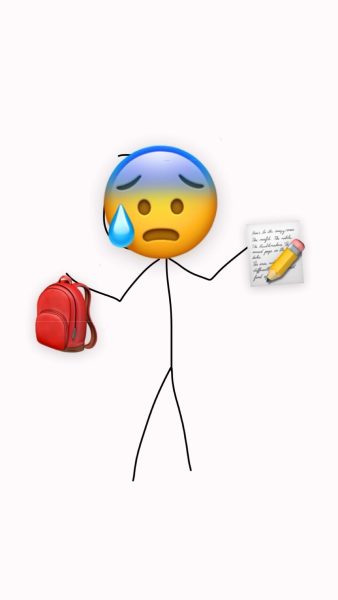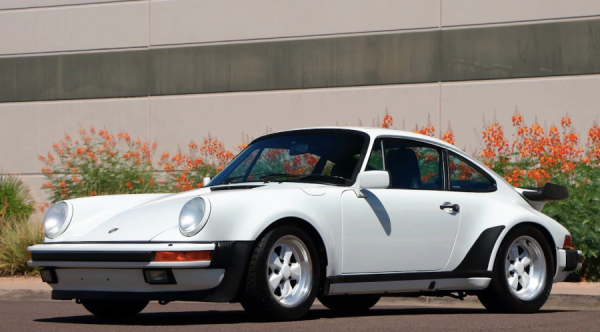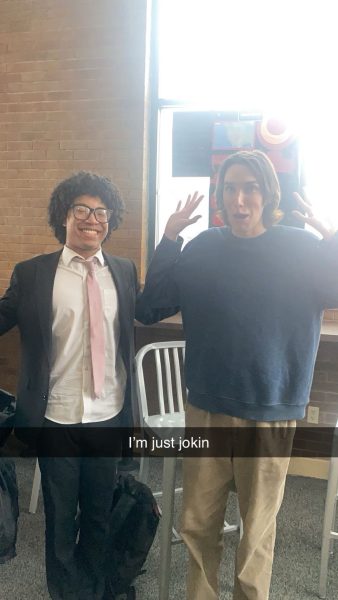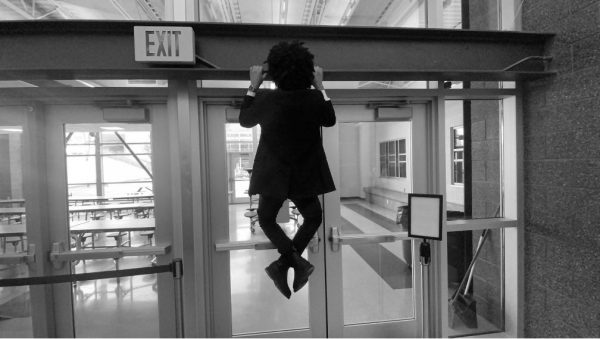Triple Check your Halloween Costumes
It’s 2019 and our world is polarized in every corner. It seems as if only holidays can bring our society together. But with recent discussions about what’s okay to wear and what isn’t about Halloween costumes, will they pull us further apart?
While our accepting culture has become more pronounced in recent years, it has also brought up many debates about redefining injustices that have been previously overlooked in our society. Spooky season is no exception.
There is a current national debate over Halloween costumes. Can they go too far? If so, when? How? Who gets to decide? Like anything in politics and social debates, the grey area seems to continuously expand. For clarification purposes, this debate has been condensed into three important questions.
One: Can Halloween costumes be culturally insensitive?
Two: Can Halloween costumes be too violent?
Three: Can Halloween costumes be overly sexualized?
Park City is not, and hopefully will continue to not be, known for questionable Halloween costume choices. However, the debate is recognized in and around school. Park City has developed their own answers.
One: Can Halloween costumes be culturally insensitive? To a degree, yes. There are extreme cases of blind cultural appropriation in Halloween costumes, such as black face and Native American head pieces. However, there is a difference between cultural replication and admiration based from fiction.
Senior Ryan Gilbert said, “I think there’s a difference between a daughter trying to replicate a beloved TV or movie character, because she’s not leaning into the implications that comes [with] as if someone were like ‘I’m going to be a ‘terrorist’’ and wore a hijab.”
The cultural implications from costumes depends on the intent of the outfit. The replication of oppressed cultures may not be deemed appropriate, but imitating popular culture depicted in fiction may. For example, it may be okay for a little black girl to dress up as her favorite Disney princess, Mulan. However, it is not okay for a grown white man to dress up in black face.
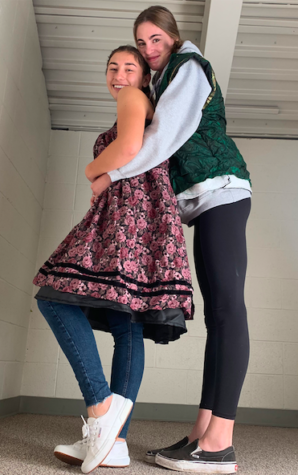
The bottom line Park City student’s have generated is to remain respectful at all times while considering Halloween costumes. It is better to err on the side of sensitivity rather than offensitivity.
Two: Can Halloween costumes be too violent?
The spirit of Halloween may be illustrated with violence and gore, as seen in popular culture. However, students at Park City do recognize that these violence depictions can go too far. There is a distinction between fiction and reality, specifically when it comes to costume choice. The exaggeration of violence may not be appropriate in all settings.
Two local elementary schools, Parley’s Park and McPolin, have commented on their guidelines regarding Halloween costumes. These guidelines, however, only related to costumes’ safety and use of violence.
The guidelines at Parley’s Park include: “No Masks of any kind. No weapons or facsimile of weapons. Follow the school dress code.”
The guidelines at McPolin include: “Costumes need to be “modest” in appearance … Save the “real scary” stuff for home … Accessories like “life-like blood,” wounds, and all things “gory” need to be within reason … Weapons – accessories like swords, light-sabers, and “guns” that are a part of the costume will not be brought to school.”
The policies represented at these elementary schools largely reflect ideas of student’s at Park City. The line between too violent and moderate largely depends on the occasion.
Senior Finn McEneany said “A lot of the problems with the too violent costumes come from scaring kids, even unintentionally.”
The theme of Halloween has historically been violent, but current societal standards have put pressure on what is considered appropriate to wear. Generally, it has been concluded that being sensitive of occasion is important in deciding appropriateness.
Three: Can Halloween costumes be overly sexualized? Society has oversexualized many costumes in the Halloween market, but what determines when it is appropriate to wear one?
Expression of oneself is a vital right that should be exercised on Halloween especially. However, self-expression can become limited when it is dependant upon age and maturity.
Junior Thomas Daley stated that “You don’t want to oversexualize the human body at a young age.”
However, the definition of when a child is old enough to express themselves has a large part to do with maturity. Societal models set into place of what someone should look like in various costumes severely inhibits the mentality of Halloween. If Halloween is supposed to be a children’s holiday, when does sexualization come into play? As children age, it is up to them to decide their own self expression in environments deemed appropriate.
The Nation’s answers to this debate largely reflect a similar attitude.
One: Culture should be appreciated, not appropriated, according to USA Today.
Two: Violence can be a distraction in certain environments, such as a school setting, and should not be utilized to instill fear.
Three: Oversexualization of costumes can have severe negative social and psychological effects on girls in society, according to the American Psychological Association.
It is imperative, Park City, that we remain sensitive to various factors that could make costumes offensive or unsafe. Keep up the good work, but remember: there is a difference between respecting cultures and appropriating them, be sensitive to situations when regarding violent costumes (let Halloween remain a safe place), and maturity should dictate personal expression through costume, but be considerate of the environment and an individual’s comfort levels. Have a fun and respectful Halloween!



